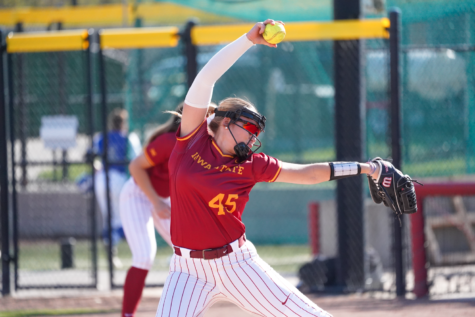Firm will conduct study to improve Rec services
April 4, 2006
ISU Recreation Services has hired a facility planning and program management firm to assess the facilities and programs that the department offers ISU students.
The firm, Brailsford & Dunlavey, stationed in Washington, will assist the department in determining “the types, locations, and frequencies” of Rec services programs, according to the contract.
The firm has worked on sports and recreation projects at universities across the country, including the University of Iowa in 2003, the University of Indiana in 2004 and the University of Minnesota in 2005.
Michael Harvey, director of Rec services, said he has heard good things about the firm’s past projects and looks forward to its assessment of the department at Iowa State.
“They’re one of the top firms – if not the top firm – in the country, so we’re very excited,” he said.
“We’re real excited about learning what the students want. We’re hopeful that they can give us a good solid understanding in terms of the future for Recreation Services.”
The firm has been to Iowa State once before, when it conducted a student housing project in the fall of 1996.
Using surveys and computerized housing models, the firm assessed student tendencies in 1996 university residence halls and on-campus housing to project occupancy rates for a 10-year period.
Harvey said this time the firm will be looking at unmet needs and assessing the future needs of both the club and intramural sports programs at Iowa State. State Gym, Beyer Hall, the Lied Recreation Athletic Center, the Forker Building and all intramural fields on campus will all be included in the study, which will cost Rec services approximately $78,000.
Scott White, associate director of Rec services, said the firm will work on the assessment throughout April and expects to have the results of the study by the end of June.
White said online surveys and focus groups will be conducted before the end of the semester, so that the results of the study are more representative of the student population.
“We wanted to get this thing moving and have them in here doing their focus groups before everybody blows out of here at the end of spring semester,” White said.
“It would be better to be able to draw those samples out of 26,000 students, so they will be doing the majority of their focus groups during this month.”
White said he is optimistic this project will address the needs of students and faculty.
“We know that there’s interest out there on the part of students, faculty and staff,” White said. “I’m actually looking forward to this because I think we’re going to find some really interesting data in terms of what people are interested in. This is going to be really good for us.”
















